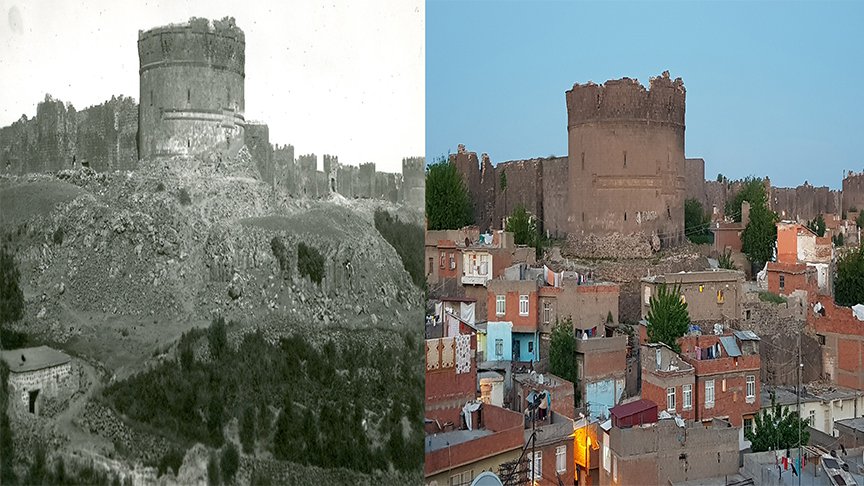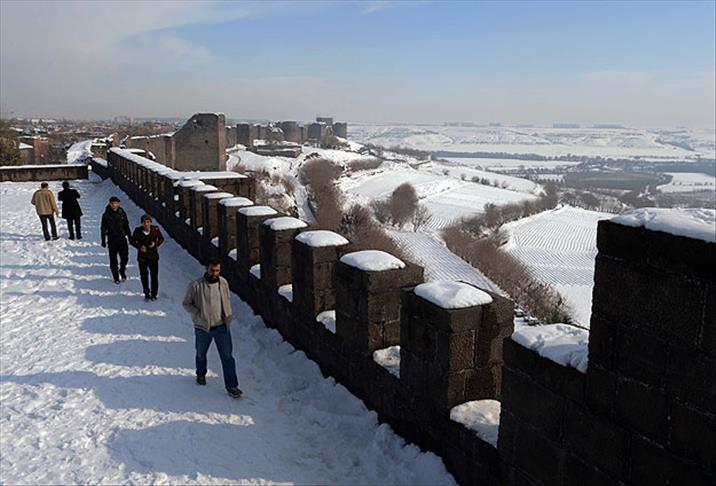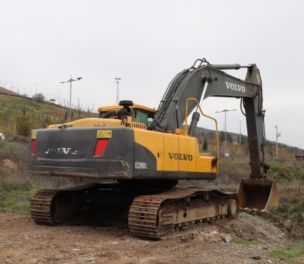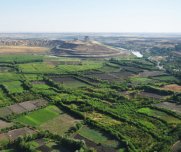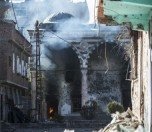Photos: AA
Click to read the article in Turkish
Bricks from Diyarbakır's historic fortress are being stolen and sold to nearby restaurants, according to reports.
Bricks with animal figures on them are especially being chosen by thieves and the stolen bricks are used in new restaurants and cafes in Sur district, locals told the Mezopotamya Agency.
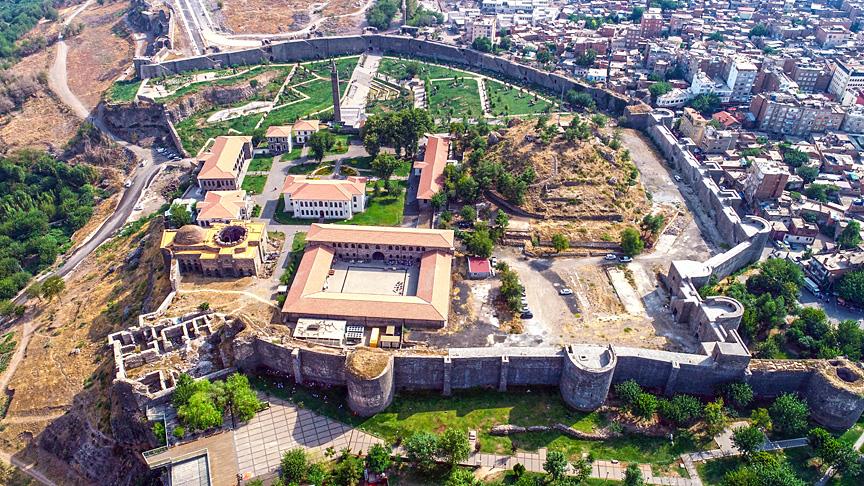 Sur area in Diyarbakır
Sur area in Diyarbakır
Built in the fourth century, the Diyarbakır Fortress was inscribed in the UNESCO World Heritage List in 2015. It was one of the historical buildings that suffered damages during the period of conflict in 2015 and 2016 in the southeastern city.
Peoples' Democratic Party (HDP) MP Musa Farisoğlulları submitted a parliamentary question to Minister of Culture and Tourism Nuri Ersoy, asking the following questions:
- Are you aware of the looting in Diyarbakır Fortress and Sur area?
- Will you take a step for an action to be taken against those responsible?
- Will you have a program for the restoration of the damaged buildings?
- Do you consider conducting an examination on the extent of the destruction as a result of the looting?
- Will you work to take the necessary precautions and measures to prevent similar incidents?
About the Diyarbakır Fortress
Located on an escarpment of the Upper Tigris River Basin that is part of the so-called Fertile Crescent, the fortified city of Diyarbakır and the landscape around has been an important center since the Hellenistic period, through the Roman, Sassanid, Byzantine, Islamic and Ottoman times to the present. The site encompasses the Inner castle, known as İçkale and including the Amida Mound, and the 5.8 km-long city walls of Diyarbakır with their numerous towers, gates, buttresses, and 63 inscriptions. The site also includes the Hevsel Gardens, a green link between the city and the Tigris that supplied the city with food and water, the Anzele water source and the Ten-Eyed Bridge.
Although the functions of the Fortress and gardens have changed over time, it has survived for many centuries and still clearly encircles the innermost core of the historic city. It is still possible to read the importance of these walls and to recognize their materials, form and design. A substantial part of the 5.8km-long ring consisting of bastion walls, gates and towers of the old city remain, and meet the requirements for authenticity. Source: UNESCO |
(TP/VK)





